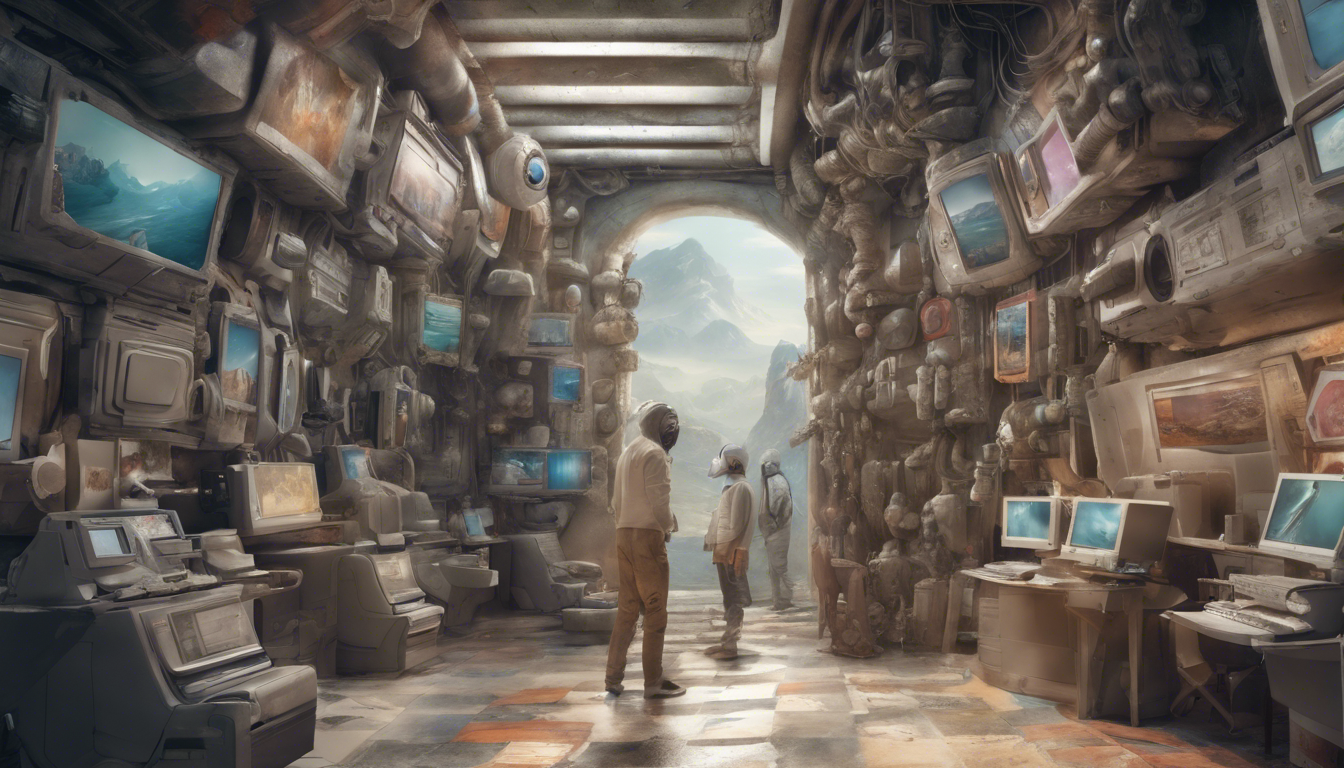
In the ever-evolving landscape of image recognition technology, the journey from the inception of AlexNet in 2012 to the present has been marked by remarkable advancements. Researchers, now honing their focus on 3D deep learning networks, are tackling the unique challenges presented by three-dimensional data. This shift is particularly significant as it opens doors to applications in autonomous driving, robot navigation, and unmanned aerial vehicles (UAVs).
The crux of this evolution lies in overcoming the hurdles posed by 3D point clouds—collections of scattered and orderless points that constitute the output of 3D scanners. Unlike the orderly structure of pixels in 2D images, these 3D points lack a defined starting point, leading to what experts term "point order ambiguity." Traditional neural networks, successful in the realm of 2D, face obstacles in directly applying themselves to these unordered 3D point clouds.
Assistant Professor Zhang Zhiyuan from the SMU School of Computing and Information Systems sheds light on the intricacies of this challenge. "3D point clouds are not well-structured and the 3D points are scattered, sparse and orderless," he explains. This necessitates the design of new convolution operators tailored to 3D point clouds.
The breakthrough comes in the form of "RIConv++: Effective Rotation Invariant Convolutions for 3D Point Clouds," a paper authored by Professor Zhang. The rotation invariance achieved by encoding angles and lengths between 3D points proves instrumental in addressing the limitations of existing networks. This innovation is crucial for real-world applications where objects may not conform to the poses seen during training.
In another stride towards efficiency, Professor Zhang introduces "ShellNet," a convolutional neural network that includes "ShellConv." This program, outlined in Professor Zhang's paper titled "ShellNet: Efficient Point Cloud Convolutional Neural Networks using Concentric Shell Statistics," converts 3D data into shell structures, enabling streamlined 1D convolution.
"This is very efficient as only 1D convolution is needed," Professor Zhang emphasizes, highlighting the acceleration in training speed. "ShellConv not only achieves efficiency, it also solves the orderless problem in a very elegant way. It converts the orderless point set into shell structures and creates the order from inner to outer shell."
While Professor Zhang's research interests span Object Oriented Programming and Artificial Intelligence, the implications of his work extend far beyond academia. The focus on lightweight networks, exemplified by ShellConv and ShellNet, signals a shift towards practical applications in intelligent moving devices like robots and UAVs. These advancements hold promise for enhancing 3D environment perception, including object recognition and scene understanding—a crucial foundation for the future of technologies such as autonomous vehicles and robotic systems.
As we peer into the future of AI-driven 3D object recognition, it's clear that the marriage of rotation invariant convolutions and efficient convolutional neural networks is paving the way for a new era in computer vision.